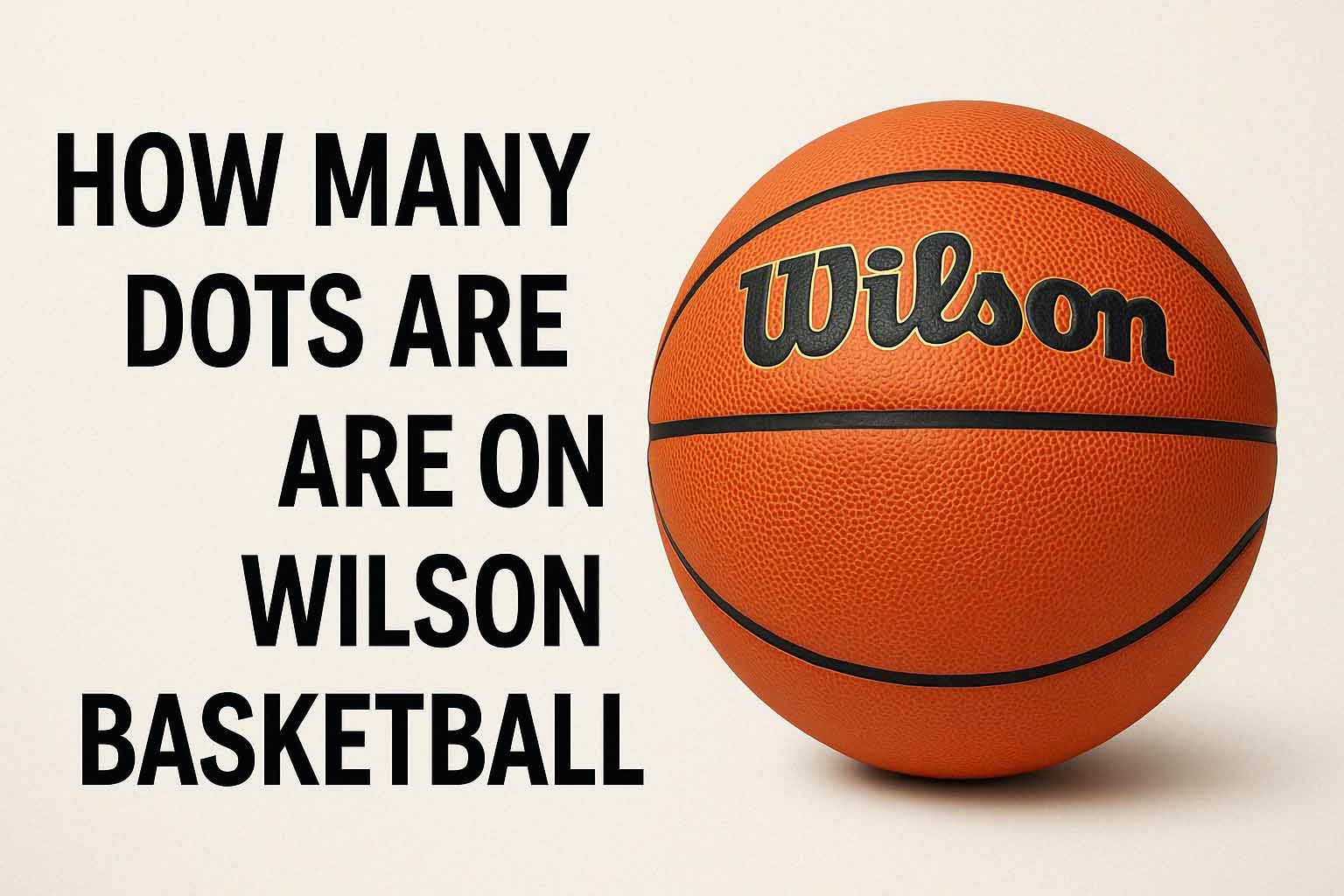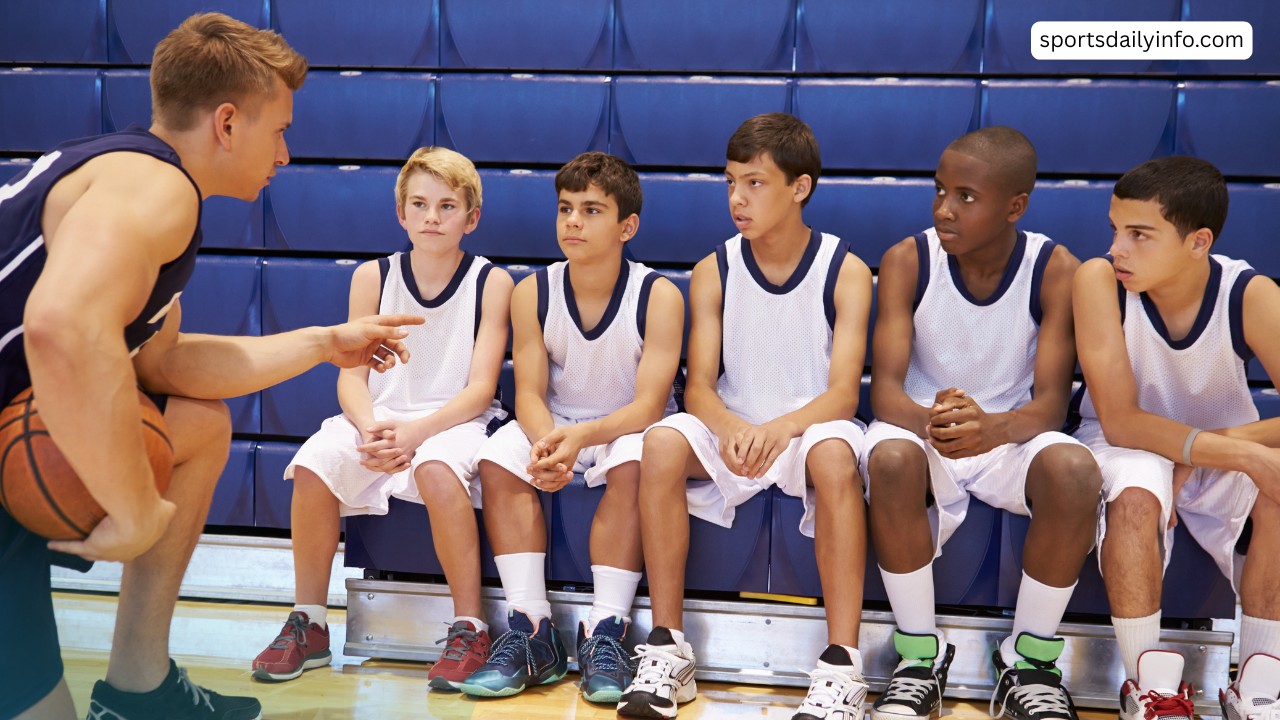Having spent years courtside as a sports analyst and working alongside basketball coaches and players, I’ve seen firsthand just how fascinating the world of basketball positions really is. Whether you’re a lifelong fan or someone just starting to get into the game, understanding the roles each player takes on the court can completely change how you watch and enjoy the sport.
I remember the first time I sat down with a coach to break down player responsibilities — I was amazed at how much strategy goes into every movement on the court. It’s not just about throwing the ball into the hoop; it’s about how each position, from point guard to center, contributes to both the offense and defense, creating a delicate balance of skills and tactics.
In this article, I’ll walk you through the five main basketball positions, explain the unique player responsibilities tied to each, and show you how these roles work together as part of a team. Whether you’re looking to improve your own game, coach young athletes, or simply become a more informed fan, this guide will give you a solid foundation.
Plus, I’ll include handy tables to break down key differences between positions, compare offensive and defensive duties, and explore popular basketball formations. So, let’s dive in and explore how every dribble, pass, and shot fits into the bigger picture of team formation and positional play.
Contents
- 1 What Are the Main Basketball Positions?
- 2 Detailed Roles and Responsibilities
- 3 Key Skills Needed for Each Position
- 4 How Positions Work Together on the Court
- 5 Common Basketball Formations and Tactics
- 6 How to Choose the Right Position
- 7 Evolution of Basketball Positions Over Time
- 8 Tips for Coaches and Players
- 9 Frequently Asked Questions (FAQ)
- 10 Final Thoughts and Call to Action
What Are the Main Basketball Positions?

When I first started studying the game closely, I realized many fans don’t fully understand the five main basketball positions. Knowing these can help you follow the flow of the game and appreciate the strategy behind every play.
Here’s a quick breakdown:
- Point Guard (PG): Often called the floor general, this player leads the offense and makes smart passes.
- Shooting Guard (SG): Known for sharp shooting and scoring from long range.
- Small Forward (SF): A flexible scorer who can shoot, drive, and defend.
- Power Forward (PF): Strong and physical, usually working close to the basket.
- Center (C): The tallest player, focused on rebounding and protecting the rim.
Each of these basketball roles plays a part in both offense and defense, making teamwork key.
Overview of Basketball Positions and Core Responsibilities

| Position | Main Role | Typical Traits |
| Point Guard | Controls offense, sets plays | Fast, smart, great ball handler |
| Shooting Guard | Scores from outside, defends | Strong shooter, quick, agile |
| Small Forward | Versatile scorer, defender | Balanced, athletic, good all-round |
| Power Forward | Scores inside, rebounds | Strong, physical, good footwork |
| Center | Defends rim, rebounds | Tall, powerful, shot blocker |
If you want to explore detailed position descriptions, you can check out resources like NBA’s official glossary which explain each role even further.
Detailed Roles and Responsibilities
Over the years, I’ve had the chance to interview coaches and players about what makes each position unique. It’s fascinating how the player responsibilities shift depending on where you are on the court.
Point Guard (PG)
As the team’s leader on the floor, the point guard calls plays and makes sure the offense runs smoothly. They need excellent vision, passing, and the ability to control the pace of the game. Think of legends like Chris Paul — calm under pressure and always a step ahead.
Shooting Guard (SG)
This player focuses on scoring, especially from long distance. They also help defend against the opponent’s best scorers. A top shooting guard, like Klay Thompson, combines sharp shooting with strong defensive skills.
Small Forward (SF)
Small forwards are the most versatile players on the team. They can shoot, drive, defend, and rebound. I often call them the Swiss Army knives of basketball because they do a little bit of everything.
Power Forward (PF)
These players work near the basket, scoring in the post and grabbing rebounds. They bring strength and toughness, often battling with big men under the rim.
Center (C)
Centers are usually the tallest players. They control the paint, block shots, and grab rebounds. A dominant center can change the game by protecting the rim and scoring inside.
For a deeper dive into how these roles shape team dynamics, USA Basketball offers a great overview.
Key Skills Needed for Each Position

When I coach young players or analyze games, I always stress that each position requires a unique mix of skills. It’s not just about physical traits; it’s also about basketball IQ and mental sharpness.
- Point Guards need top-notch dribbling, passing, and decision-making.
- Shooting Guards focus on accurate shooting and quick footwork.
- Small Forwards work on versatility: they should be able to attack and defend.
- Power Forwards must be strong, with solid rebounding and inside moves.
- Centers develop shot-blocking, rebounding, and low-post scoring.
Players looking to improve can explore skill drills on sites like Breakthrough Basketball which offers position-specific tips.
If you’re a player or coach, remember: position-specific skills matter, but so does adaptability. Great players often train across multiple roles to stay flexible and ready for anything.
How Positions Work Together on the Court
After watching countless games and speaking with coaches, I’ve seen how much team dynamics matter in basketball. No position works in isolation — it’s all about how players synergize on the court.
Guards and forwards must communicate constantly, helping set up plays and adjusting on defense. For example, the point guard might call a play that relies on the small forward cutting to the basket while the center sets a screen. Everyone needs to know their role and trust each other.
This is where understanding basketball formations and position rotation comes in. If you want to watch how elite teams handle this, check out NBA game breakdowns on ESPN — they often show how players interact in real time.
The beauty of basketball is that even though each player has a set role, the whole is always greater than the sum of its parts.
Common Basketball Formations and Tactics
I remember when I first studied classic and modern basketball tactics — it opened my eyes to how strategy shapes every play.
Traditional Formations
Classic setups like the 2-1-2, 3-2, or 1-3-1 help balance offense and defense. For example, in a 2-1-2 zone, two guards stay up top, one player controls the middle, and two cover the baseline. Each formation gives certain positions unique tasks.
Modern Tactics
Today’s game has seen a rise in small ball and positionless basketball, where players are more interchangeable. You’ll see forwards shooting threes and guards grabbing rebounds. The NBA site has amazing stats showing how player roles have shifted over the years.
Comparison of Offensive and Defensive Duties by Position
| Position | Offensive Duties | Defensive Duties |
| Point Guard | Set plays, drive, distribute | Steal, guard opposing PG, rotate |
| Shooting Guard | Shoot, cut, space floor | Guard top scorer, pressure shooter |
| Small Forward | Slash, post-up, shoot threes | Defend wings, rebound, switch |
| Power Forward | Post scoring, pick and roll | Guard bigs, rebound, block shots |
| Center | Score inside, rebound, screen | Protect rim, rebound, alter shots |
Understanding these tactics gives you a deeper appreciation for how coaches design plays and how players adjust during a game.
How to Choose the Right Position
One of the most common questions I get from young players is: “How do I know what position I should play?”
I always tell them it’s about knowing your strengths and developing the right skills.
- Height and size: Taller players often fit as centers or power forwards.
- Speed and agility: Faster, smaller players usually shine as guards.
- Versatility: If you can do a bit of everything, you may find your home as a small forward.
I also remind players that it’s okay to evolve. Some of the greatest stars, like LeBron James, have shifted positions throughout their careers.
For parents and coaches helping young athletes, USA Basketball has great resources on guiding kids into the right spots on the court.
The key is to focus on growth and adaptability — basketball is a game where you never stop learning.
Evolution of Basketball Positions Over Time
One of the coolest parts of studying basketball is seeing how positions have evolved. When I started watching the game closely, the lines between roles were much clearer. Centers stayed under the basket, guards stayed on the perimeter, and forwards worked the middle.
But over time, the game has changed.
Rise of Positionless Basketball
Today, you’ll hear the term positionless basketball a lot. This means players can fill many roles, no matter their size or title. Big men like Nikola Jokić now pass like guards. Guards like Luka Dončić post up like forwards.
The three-point revolution has pushed even centers to develop outside shooting. This shift is not just seen in the NBA — it’s shaping college and even youth basketball, too.
If you want a deep dive, I highly recommend reading this analysis from The Ringer on how the game has transformed.
Then vs. Now — Key Changes in Basketball Positions
| Era | Traditional Roles | Modern Shifts |
| 1980s–1990s | Fixed roles: big men inside, guards outside | Flexible roles, bigs shoot, guards post up |
| 2000s–2010s | Defined positions, slower pace | Faster pace, small ball, stretch fours |
| 2020s and beyond | Positionless play, switch-heavy defense | Skill versatility across all positions |
Understanding this evolution helps fans appreciate why the game looks so different today compared to past decades.
Tips for Coaches and Players
I’ve worked with both young players and coaches, and I always share a few key tips to help them succeed.
For Coaches
- Play to your team’s strengths: Don’t force players into positions that don’t fit their skills.
- Encourage versatility: Train players to handle different roles so they can adjust as the game flows.
- Communicate clearly: Make sure every player knows their responsibilities.
Coaching resources like Breakthrough Basketball’s guides can help you build practice plans and strategies that fit your team.
For Players
- Know your position’s demands: Focus on the specific skills your role needs.
- Watch the pros: Study how top players in your position operate on the court.
- Stay adaptable: The more flexible you are, the more valuable you become to your team.
Remember, even seasoned pros never stop improving — that’s part of what makes the game so rewarding.
Frequently Asked Questions (FAQ)
What’s the hardest basketball position to play?
Honestly, it depends on your strengths! Many say the point guard is toughest because they lead the offense and control the game’s flow. If you want a more detailed breakdown, Sportskeeda has some great articles comparing the challenges of each spot.
Can players switch positions during a game?
Absolutely. In fact, many coaches design plays where players rotate or switch roles to create mismatches. Modern basketball thrives on this flexibility.
How do I figure out the best position for me?
Start by assessing your height, speed, and skills. Talk to your coach, watch game film, and experiment in practice. Resources like USA Basketball’s youth development section offer great guidance for young athletes.
Final Thoughts and Call to Action
Having spent years watching, playing, and analyzing basketball, I can tell you this — understanding the positions on the court is one of the best ways to deepen your love for the game.
Whether you’re a player, coach, or fan, knowing what each role brings to the team gives you a new level of appreciation. From the point guard’s leadership to the center’s presence under the rim, every position matters. And as basketball continues to evolve, there’s always something new to learn.
If you’re just starting, focus on your skills and adaptability. If you’re coaching, help your players discover their best fit while keeping them versatile. And if you’re a fan, keep watching how the pros work together — it’s an amazing display of teamwork and strategy.
If you enjoyed this guide, I’d love to hear your thoughts! Drop a comment below, share this article with your basketball-loving friends, or check out more in-depth guides on NBA positions and strategies. Let’s keep learning and growing in the game together! 🏀
 Sports Daily Info All Things Sports, from News to Match Schedules
Sports Daily Info All Things Sports, from News to Match Schedules



